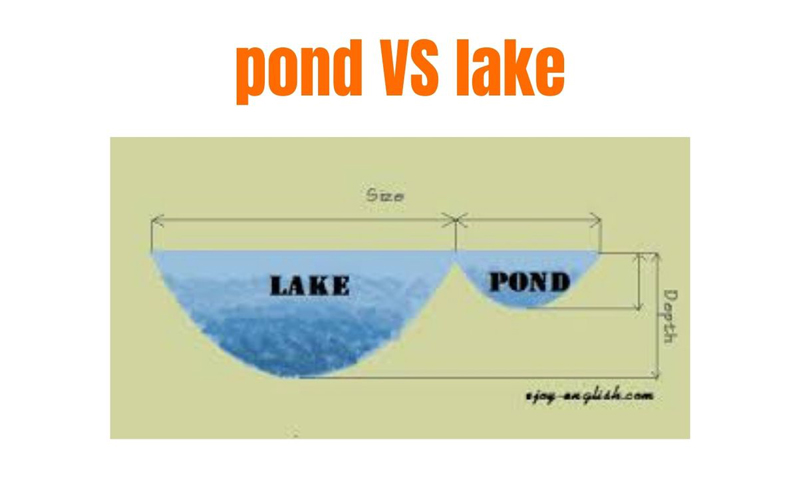When it comes to creating a beautiful and serene koi pond, one of the most common questions that arise is: how many koi can you have in a pond? The number of koi that can thrive in a pond depends on several factors, including the size of the pond, the quality of water, and the filtration system in place. Let’s dive into the details to understand how to determine the ideal number of koi for your pond.
Factors Affecting the Number of Koi in a Pond
The number of koi that can be comfortably accommodated in a pond is influenced by various factors, including:
| Factors | Description |
|---|---|
| Pond Size | The size of the pond plays a crucial role in determining the number of koi it can sustainably support. Larger ponds can accommodate more koi due to the increased water volume and surface area for oxygen exchange. |
| Water Quality | High-quality water is essential for the health and well-being of koi. Proper filtration, aeration, and regular water testing are critical to maintaining optimal water conditions for the koi. |
| Koi Size | The size of the koi should also be considered when determining the appropriate stocking levels. Larger koi require more space and resources compared to smaller koi. |
| Biological Filtration | An efficient biological filtration system is necessary to handle the waste produced by the koi. Ample beneficial bacteria are crucial for breaking down harmful compounds and maintaining water quality. |
| Environmental Factors | External factors such as climate, temperature, and exposure to sunlight can impact the pond ecosystem and, subsequently, the number of koi that can thrive in the environment. |
Determining the Ideal Koi Stocking Level
Calculating the appropriate number of koi for your pond involves considering the pond’s capacity, water quality, and the needs of the koi. It’s essential to maintain a balance to ensure the koi have ample space to grow and thrive. Here are some general guidelines to help determine the ideal koi stocking level:
- Pond Size: As a general rule of thumb, it’s recommended to allow at least 250-500 gallons of water per mature koi. Larger ponds can support more koi due to the increased water volume and oxygen levels.
- Water Quality: Regular water testing and maintenance are crucial to monitor and optimize water parameters. The ammonia, nitrite, and nitrate levels should be kept within safe limits to ensure the koi’s well-being.
- Koi Size: Consider the expected size of the koi at maturity when planning the stocking levels. Adequate space is essential for the koi to swim and grow without feeling overcrowded.
- Biological Filtration: Invest in a reliable filtration system that can efficiently handle the waste produced by the koi. A well-maintained biological filter is essential for maintaining a healthy pond ecosystem.
- Environmental Factors: Evaluate the environmental conditions of the pond, including sunlight exposure, temperature fluctuations, and seasonal changes, to ensure the koi’s well-being throughout the year.

Credit: www.thepondguy.com

Credit: www.pondtrademag.com
Benefits of Proper Koi Stocking
By maintaining an appropriate koi stocking level, pond owners can enjoy a range of benefits, including:
- Reduced Competition for Resources: Adequate space ensures that each koi has access to sufficient food and oxygen, reducing competition and stress among the fish.
- Enhanced Water Quality: Proper stocking levels minimize the risk of water quality issues, leading to a healthier and more stable pond environment.
- Optimal Growth and Development: Ample space allows the koi to grow and develop without being stunted by overcrowding, resulting in vibrant and healthy fish.
- Improved Aesthetic Appeal: A well-balanced pond with an appropriate number of koi creates a visually appealing and harmonious aquatic landscape.
- Easier Maintenance: Properly stocked ponds are easier to maintain, as they are less susceptible to water quality fluctuations and potential health issues among the koi.
Conclusion
Ultimately, the ideal number of koi for a pond is influenced by various interrelated factors, and careful consideration is essential to ensure the well-being of the koi and the overall health of the pond ecosystem. By evaluating pond size, water quality, koi size, filtration systems, and environmental conditions, pond owners can determine the optimal koi stocking level to create a thriving and picturesque koi pond.

